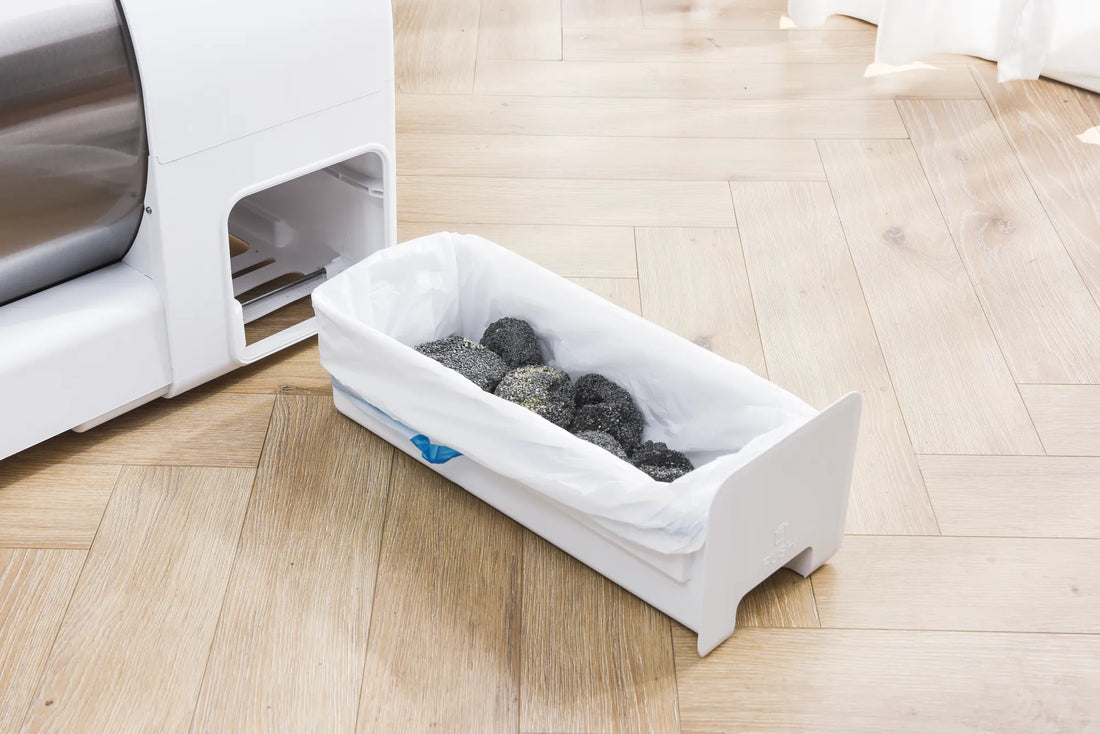Keeping your cat's litter box clean is one of the most important aspects of pet ownership. A well-maintained litter box ensures your cat's comfort, health, and happiness. But how often should a cat litter box be changed? This question is crucial for both new and experienced cat owners. In this article, we'll explore the factors that determine the frequency of litter box changes and provide practical tips to keep your feline friend content.
Why Is a Clean Litter Box Important?
A clean litter box is essential for your cat's well-being. Cats are naturally clean animals, and they prefer a tidy environment for their bathroom needs. A dirty litter box can lead to stress, behavioral issues, and even health problems. Regular cleaning prevents the buildup of bacteria and odors, creating a more pleasant experience for both you and your cat.
Factors That Influence How Often to Change the Litter Box
Several factors determine how often you should change your cat's litter box. These include the number of cats in your household, the type of litter you use, and your cat's habits. Let's delve into each of these factors in detail.
Number of Cats
If you have multiple cats, the litter box will naturally get dirtier faster. Each cat will use the box, increasing the frequency of waste accumulation. In such cases, you may need to change the litter more often to maintain cleanliness.
Type of Litter
Different types of litter have varying levels of absorbency and odor control. Clumping litter, for example, makes it easier to remove waste daily, but it still requires a complete change periodically. Non-clumping litter may need more frequent changes to prevent odor buildup.
Your Cat's Habits
Some cats are more particular about cleanliness than others. If your cat refuses to use a dirty litter box, you'll need to change it more frequently. Observing your cat's behavior can help you determine the ideal cleaning schedule.
Daily Maintenance: Scooping and Spot Cleaning
Daily maintenance is crucial for keeping the litter box clean. Scooping out waste at least once a day prevents odors and keeps the box fresh. Spot cleaning any spills or messes around the box also contributes to a hygienic environment.
Weekly Cleaning: A Deeper Clean
In addition to daily scooping, a weekly deep clean is recommended. Empty the litter box completely, wash it with mild soap and water, and let it dry before refilling it with fresh litter. This routine helps eliminate bacteria and ensures the box remains sanitary.
When to Completely Change the Litter
Even with regular scooping and weekly cleaning, the litter itself will eventually need to be replaced. For clumping litter, a complete change every two to three weeks is typically sufficient. Non-clumping litter may require a change every week. Always follow the manufacturer's guidelines for the specific type of litter you use.
Signs It's Time to Change the Litter
If you notice persistent odors, your cat avoiding the litter box, or visible stains, it's time for a complete change. These signs indicate that the litter is no longer effective and needs to be replaced.
Tips for Maintaining a Fresh Litter Box
Here are some additional tips to keep your cat's litter box in top condition:
- Use a litter mat to catch stray litter particles.
- Place the litter box in a well-ventilated area to reduce odors.
- Consider using odor-neutralizing products designed for litter boxes.
- Monitor your cat's health, as changes in waste can indicate underlying issues.
The Impact of a Clean Litter Box on Your Cat's Health
A clean litter box is not just about convenience; it directly impacts your cat's health. Dirty litter boxes can harbor bacteria and parasites, leading to infections or illnesses. Regular cleaning reduces these risks and ensures your cat stays healthy and happy.
Common Mistakes to Avoid
When it comes to litter box maintenance, there are a few common mistakes to avoid. Overfilling the box with litter can make it harder to clean, while underfilling it may not provide enough coverage. Neglecting to wash the box during weekly cleanings can also lead to bacterial growth. By avoiding these pitfalls, you can maintain a cleaner and more effective litter box.
How to Make Litter Box Cleaning Easier
Cleaning the litter box doesn't have to be a chore. Invest in tools like a sturdy scoop and a dedicated cleaning brush to make the process quicker and more efficient. Establishing a consistent routine will also help you stay on top of maintenance.
Understanding Your Cat's Preferences
Every cat is unique, and understanding your cat's preferences is key to maintaining a clean litter box. Some cats prefer unscented litter, while others may favor a specific texture. Pay attention to your cat's behavior and adjust your cleaning routine accordingly.
The Role of Litter Box Placement
Where you place the litter box can also affect how often it needs to be changed. A box in a high-traffic area may get dirtier faster, while one in a quiet corner may stay cleaner longer. Choose a location that balances accessibility for your cat with ease of maintenance for you.
Final Thoughts on Litter Box Maintenance
Maintaining a clean litter box is a simple yet vital part of cat ownership. By understanding how often to change the litter and following a consistent cleaning routine, you can ensure your cat's comfort and health. A clean litter box not only keeps your home smelling fresh but also strengthens the bond between you and your feline companion.
Ready to take your cat's litter box maintenance to the next level? Start by assessing your current routine and making adjustments as needed. Your cat will thank you for it!

![[🎃Halloween Sale]UAHPET Stainless Steel Self-Cleaning Cat Litter Box](http://www.uahpet.com/cdn/shop/files/1-cat-litter-box.jpg?v=1759128420&width=1600)












